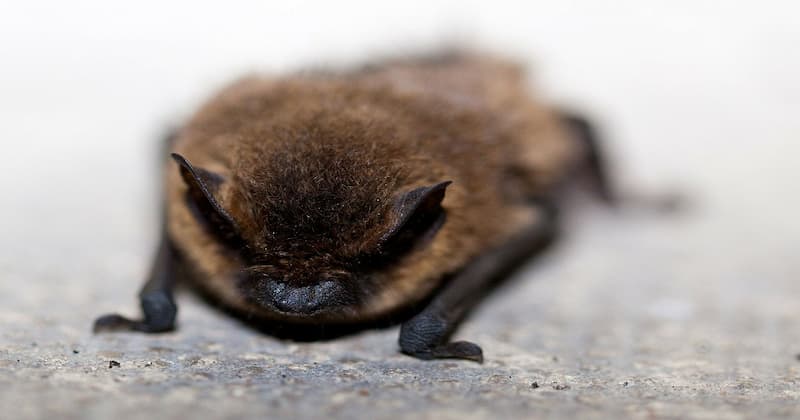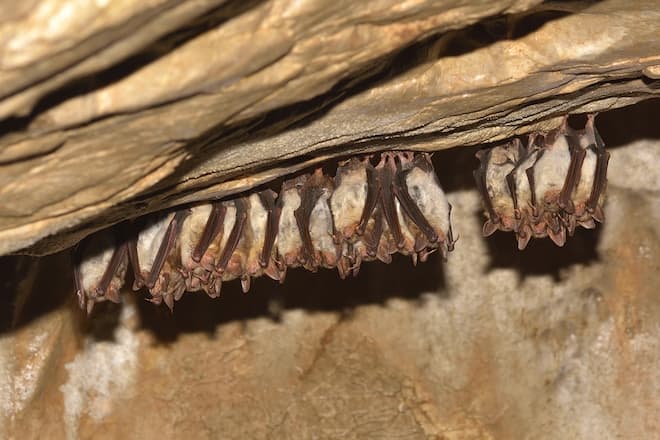I think we’re all familiar with what the fox says, but what about the bat? Bats make sounds that are known as ultrasonic noises meaning that these sounds are produced at a higher frequency that the human ear is incapable of hearing. You can compare this to a dog whistle. Dogs, for example, can hear the dog whistle, but humans cannot because our ears have limitations that bats do not have. By producing these sounds that are three times higher than what humans can hear, they paint a sort of three-dimensional picture of their surroundings and can then navigate the world using it. Bats are also excellent hunters are because they are blind, their hearing is exceptional.
If you have bats in your attic or on your property, make sure to call the bat removal specialists from Bat Control for affordable and quick services.
During their “echolocation”, meaning the sounds they make using their vocal cords, they produce sounds that can be described as clicks. These clicks are not limited by their vocal cords only. Interestingly, bats can also make sounds through their nostrils or even their bats. This gives bats several advantages in nature. These sounds can be perceived by distinguishing texture, density, and material. These are things we cannot perceive with our eyes when distance is key since the bat is always in motion.

But what happens when bats find themselves in your house. Can they be heard? The answer is yes. They can be heard. Bats are recognized by their screeches, cries, and wings flapping. When you suspect bat presence in your house, do not open the door or enter the space for further inspection as the bat might be disoriented and can act aggressively towards people entering its territory. If the bat happens to be in the same space, if possible, open all windows and doors so that the bat can escape on its own. In any case, call a professional bat removal specialist from Bat Control.
Bats stay in caves, caverns, and forested areas. During recent years, their numbers have been dwindling due to a disease impacting the bat population at unforeseen numbers. This disease is called the White-nose Syndrome. The White-nose Syndrome is a fungal disease that is recognized by white markings on their nose. Apart from this devasting disease, humans are another factor that prompts mass migration. Due to deforestation, bats are forced to leave their homes in search of alternatives and will end up in residential places. Bats, because of this, bats are seen in attics because it has similar environments to what bats are used to. Attics are dry, damp, and isolated because they are hardly visited. This gives bats the perfect opportunity to roost in colonies.
Certain bat species such as the Little Brown Bat are considered endangered species and have special rules surrounding their removal of them. There is a limited time when bats can be removed. They cannot be removed during their hibernation and during their mating season. This makes spring the best time to have them removed. Technicians are well aware of the timing and thus professionals should be consulted and hired. For more information, contact the customer service specialists from Bat Control!
